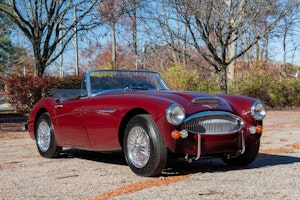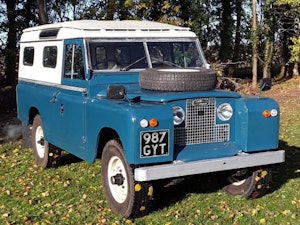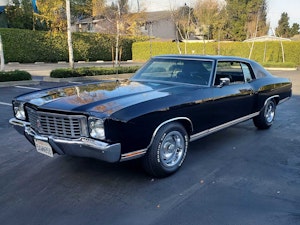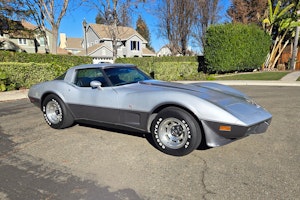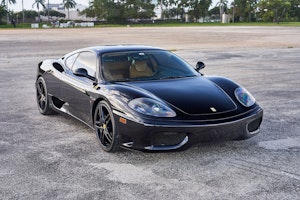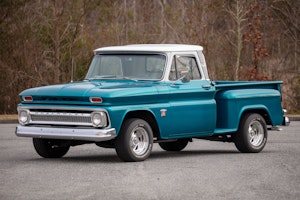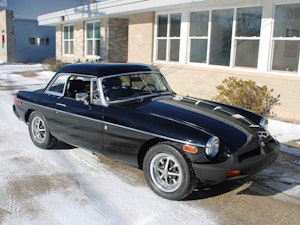The long discounted Porsche 912 is getting lots of second looks
Effusive auction reports over the last couple of years may have given you the impression that Porsche prices are headed in only one direction. The reality is a bit more complicated.
For instance, a 1966 Porsche 912 sold by Gooding & Company at its January 2015 Scottsdale auction brought $82,500, including commission. That might have seemed a good market indicator for these four-cylinder 911 derivatives, which have appreciated as the prices for six-cylinder models took off in recent years.
Fourteen months later, at Gooding’s March 2016 Amelia Island sale, the very same car, well restored 26 years ago but meticulously maintained since then, brought $66,000. Because this event featured Jerry Seinfeld’s Porsche deaccessioning – and took place in a tent crammed with people dressed in Porsche logowear – it would be reasonable to conclude that 912 values, or at least this specific 912, had taken a tumble on the order of 20 percent.
There’s more to the story, though.
At the Branson Spring auction in April 2016, a ’67 912 sold in a deal reached after the last car crossed the block for a final price of $48,000. It wasn’t as pure as the Gooding 912, having been equipped with Weber carburetors, Fuchs wheels and Koni shocks.
Marketplace
Buy and sell classics with confidence
Two months later, at Barrett-Jackson’s inaugural Northeast auction at the Mohegan Sun casino in Connecticut, the same car, now represented as having 57,196 miles from new, brought a generous $74,800.
That is nearly 42 percent more than had been paid for it in April. The Hagerty Price Guide says that the increase for a 1967 912 in No. 2 condition over the past four years has been 31 percent. Conflicting market indicators of this magnitude rarely exist.
Recognition of the 912’s desirability has been a long time coming. The car was intended as Porsche’s safety net, a lower-price model under the new 911 that had been fitted with a 102 hp four-cylinder (based on the engine from the outgoing 356 SC), optional five-speed (seemingly standard among U.S.-delivered 912s) and less-fancy interior trim. The 912 was built on the original short wheelbase chassis (today very popular with collectors) with the same McPherson strut front, semi-trailing arm rear suspension and four-wheel disc brakes. Although the 912 weighed 260 fewer pounds than the 911 of the era, much of it taken from behind the rear axle, it was 2.6 seconds slower from 0-60, according to period Road & Track tests.
Taking those differences into account, a 912 is a viable alternative to a much more expensive early 911 (whose prices, according to Hagerty Price Guide estimates, rose some 59 percent over the last four years). Its value particularly shines when compared with its successor, the 911 T, which had a six-cylinder engine that delivered just 8 more horsepower than the 912’s four-cylinder. Some 30,000 912s were built, almost as many as the nearly 37,000 911s built during the same period.
Yet 912s are much less frequently seen. In a representative sampling of auctions since 2011, a total of 26 unique 912s (not counting cars that appear more than once) crossed auction blocks. The total number of 911s from the same 1966-69 model years that crossed the block: 79 unique examples. That’s three times as many 911s, despite production that was only about 23 percent greater.
The 912’s rarity in the marketplace may help explain their erratic price variations; with a lack of information, decisions rely more on emotion than on information. To that end, it seems that the Gooding/Seinfeld sale 912 was an outlier. Best to keep the latest issue of the Hagerty Price Guide close at hand for reality checks.

